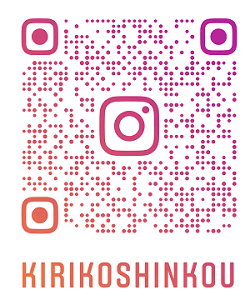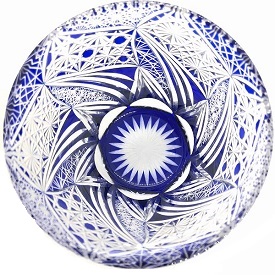What is Kiriko?what does kiriko mean in japanese
What is Kiriko? what does kiriko mean in japanese
日本的传统的切割玻璃的工房「箴光(shinkou)」>What is Kiriko?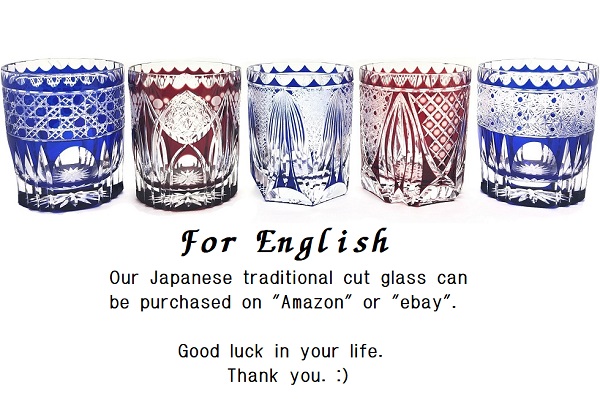
I am a Japanese traditional glass cutting craftsman
《Ko Saito》 My last name is "Saito(斉藤)" and my name is "Ko(光)"
"光" means light in japanese.
and,my American name is "light".
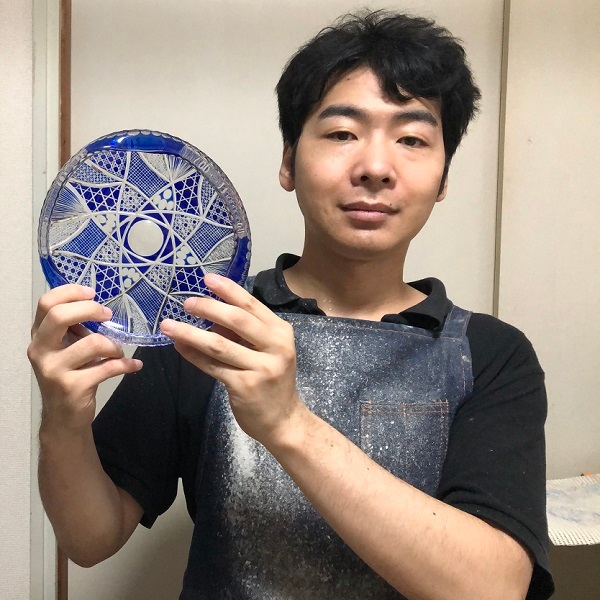
What does Kiriko mean? For those who have this question, Japanese Kiriko craftsmen will answer it for you
In my studio, craftsmen have written their own homepage and provided the most detailed explanation of Kiriko.
切子(kiriko)means japanese cut glass in japanese.
Kiriko is an art form that creates patterns by carving the surface of glass.Please take a look at one of my masterpieces.
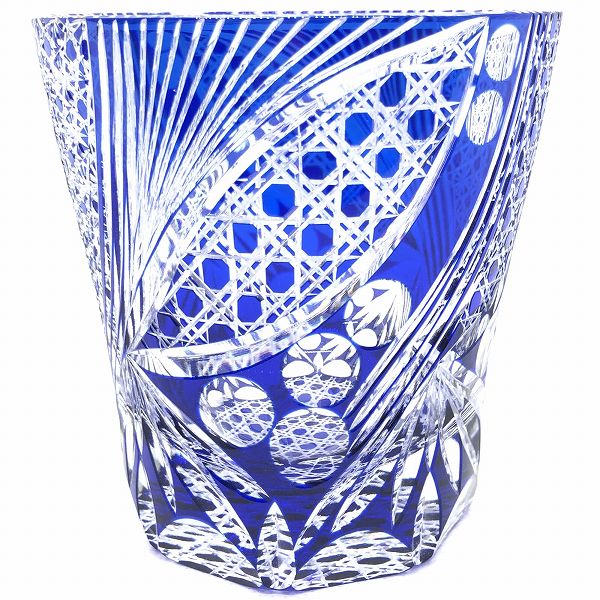
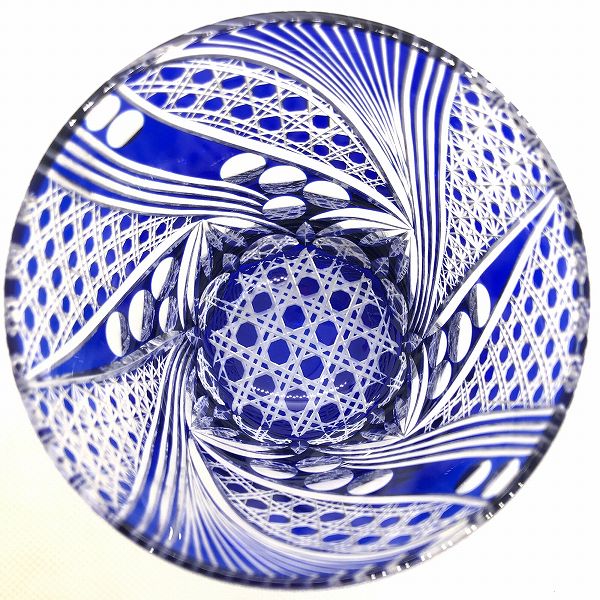
By adding unique designs to traditional Japanese patterns, we create world-class, high-quality cut glass.
We are highly praised not only by japanese , but also by American,Chinese, Indian, and Iranian glass craftsmen.
It is a traditional Japanese craft that is popular all over the world.
Kiriko is a traditional Japanese technique that has existed since around 1830 AD.
It originally seems to have been an overseas technique introduced when Japan traded with Portugal around 1800.
There are two main brands of Kiriko in Japan: Edo Kiriko (江戸切子) in the Tokyo(東京) area and Satsuma Kiriko (薩摩切子) in Kyushu(九州).
I am a Tokyo craftsman who was trained at an Edo Kiriko studio.
I run a studio called "Kiriko(切子) Koubou(工房) Shinkou(箴光)" that deals with Edo Kiriko techniques.
Kiriko studio is a "Cut glass studio".
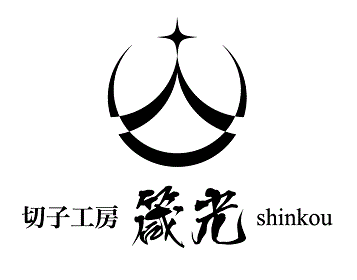
My works are also exhibited in the most expensive department stores in Japan.
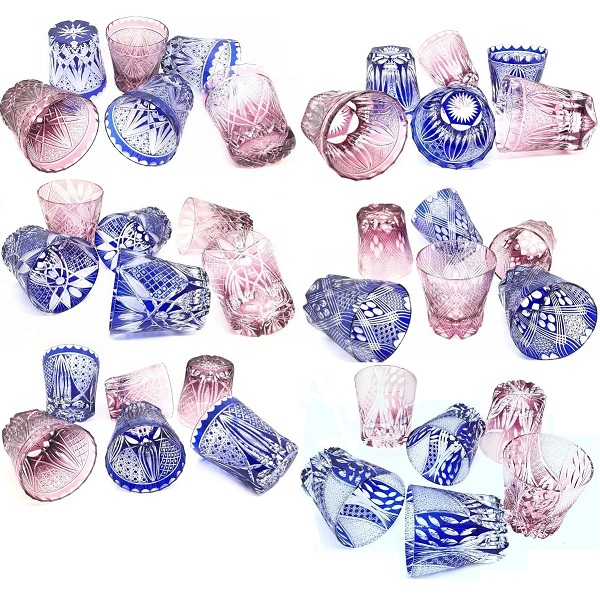
Approved by top buyers in Japan.
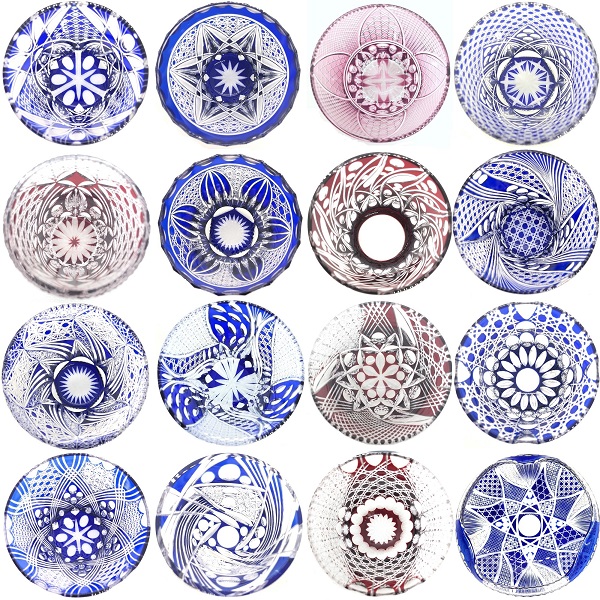
The most traditional colors of kiriko are lapis lazuli and red
The most traditional colors of kiriko are lapis lazuli and red.See the photos below.
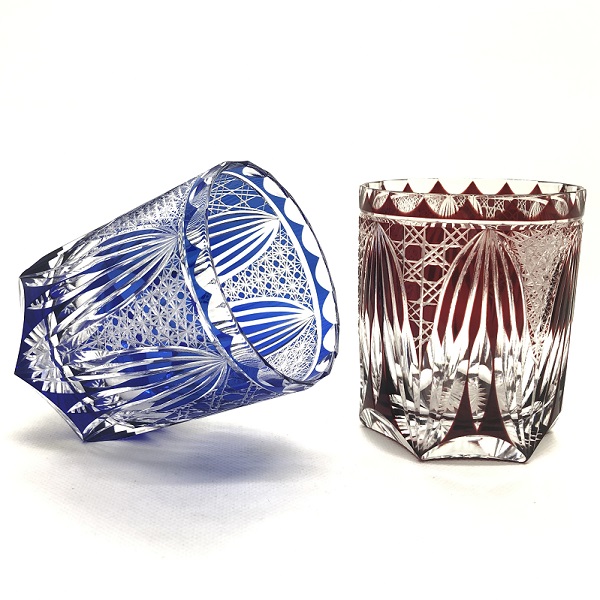
The left side is lapis lazuli and the right side is red.
Both are traditional colors used in Japan since ancient times.
Lapis lazuli is called "Ruri iro(瑠璃色)" in Japanese.
"色(iro)"means color in japanese.
This traditional color is also the best-selling color in Japan.
In Japan, there used to be a fairy tale about a red devil and a blue devil.
Lapis lazuli and red have been considered traditional colors of Japan since ancient times.
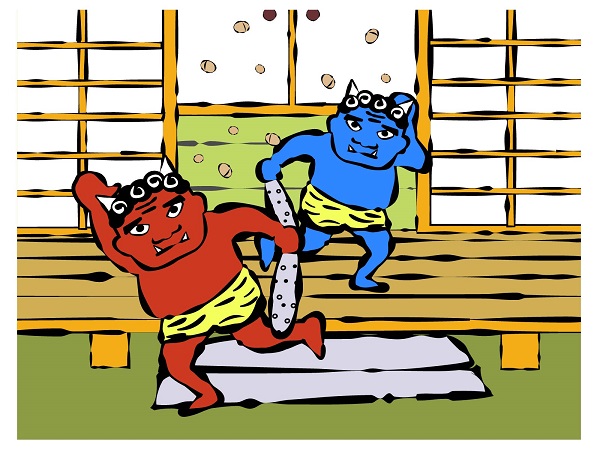
In the photo below, from left to right, the colors are lapis lazuli, red, green, violet, and blue.
In addition to the rock cup, there is also a Japanese sake cup.
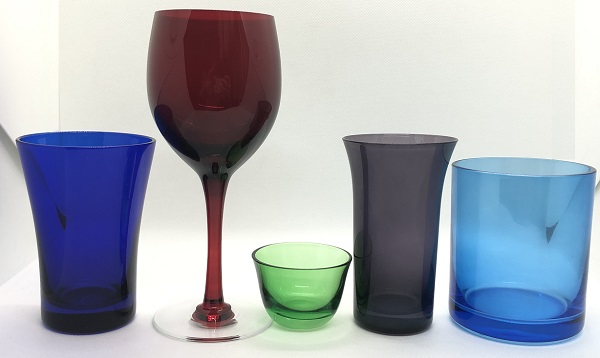
Introduction to Japanese Traditional Patterns
Introduction to Japanese Traditional Patterns.This is a traditional pattern that has been used in Japan since around 794 AD.
Kiriko tailoring incorporates a variety of traditional patterns into its designs.
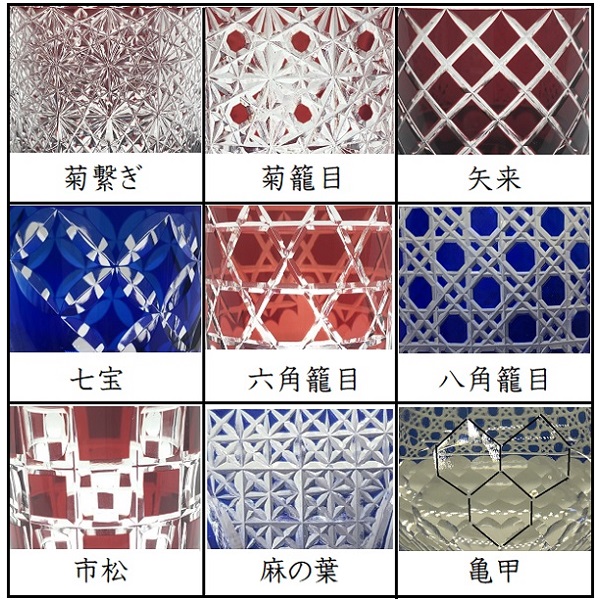
菊繋ぎ(kiku tunagi)→a design with many chrysanthemums
菊籠目(kiku kagome)→a variation of Kiku Tunagi
矢来(yarai)→diagonal cuts intersecting
七宝(sippou)→leaf-shaped cuts creating endless loops.
六角籠目(rokkaku kagome)→it originated from the weaving method of bamboo baskets. How to weave a hexagon.
八角籠目(hakkaku kagome)→it originated from the weaving method of bamboo baskets. How to weave an octagon.
市松(itimatu)→a pattern of alternating white areas arranged in a square grid with vertical and horizontal lines.
麻の葉(asa no ha)→hemp leaves.
亀甲(kikkou)→turtle shell.
In particular, Japanese Kiriko often uses "Chrysanthemum-shaped cutting".
This is the most difficult cutting and is used for expensive works.
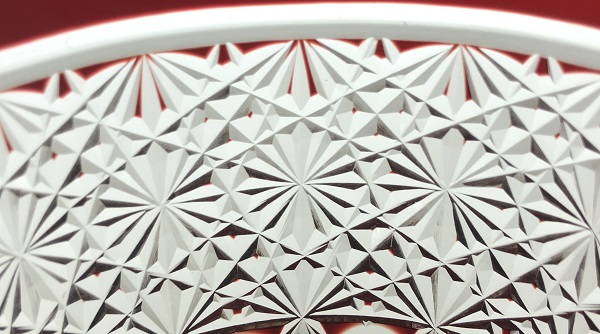
I drew a guide line.
There are countless continuous octagons.
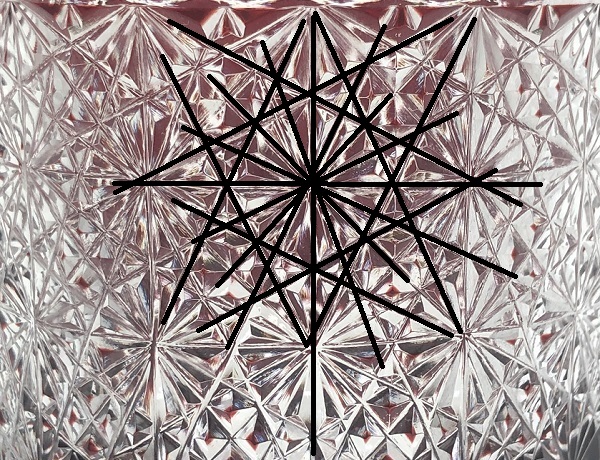
The theme of this work is octagonal basketry.

There are two types of glass: soda glass and crystal glass.
There are two types of glass: soda glass and crystal glass.The most commonly used glass in the world is soda glass.
Soda glass is cheap and relatively durable.
On the other hand, crystal glass is more likely to break due to the lead it contains, but it has a brighter sheen.
In recent years, there has been a worldwide movement to stop using lead, which is considered harmful to the human body.
However, there are many Edo Kiriko workshops in Japan that sell crystal glass.
Consumers do not know that lead can accumulate in the human body.
I think they are being dishonest with consumers for the sake of profit.
In my studio, we consciously use soda glass, which has no negative effects on the human body and is relatively durable.
It is up to you to choose which glass to use, but pay attention to the characteristics of the material.
All items are handmade by artisans
All items are handmade by artisans.The original material structure of glass itself is a bit special, so it cannot be mass-produced by machines.
I am a kiriko craftsman who cuts glass, but there are also glass craftsmen who blow glass.
Artisans are involved in every step of the process, and as they pass the baton, kirko is born.
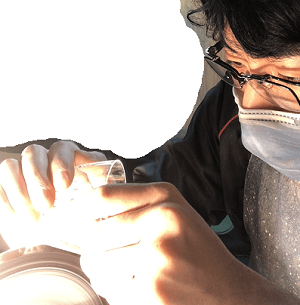
A photo of me cutting glass.
major Japanese companies is expensive
Kiriko made by master craftsmen from major Japanese companies is expensiveSince Edo Kiriko's main products could be sold in large quantities without much effort, Edo Kiriko craftsmen gave up thinking about design.
Compare your designs to those of larger studios.
I think you can feel this through my work without having to explain it in words.

However, if you want branded items, I think you should buy the original brand Edo Kiriko.
If you are looking for really good Japanese crafts, please consider my work.
The quality of gloss polishing
The quality of gloss polishing is not something that ordinary people other than craftsmen can judge.Furthermore, some major Edo Kiriko workshops reduced the quality of the glossy polish or cut corners when selling their products simply because the name brand products sold better.
Japanese consumers have also unknowingly purchased inferior products from major studios.
Of course, not all big manufacturers do this, but some of the big, well-known ones do.
I never cut corners in my work, even if the consumer doesn't realize I'm cutting corners. We want you to buy with confidence.
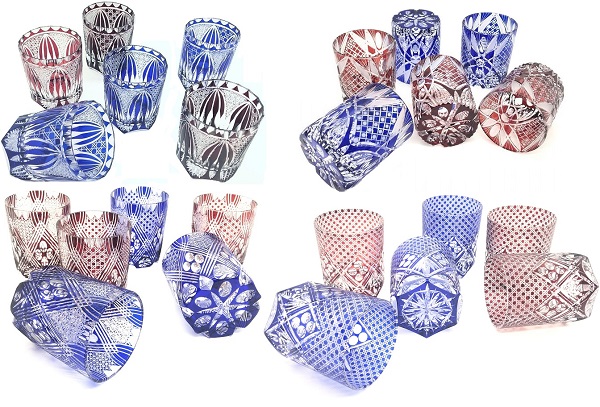
How to use Kiriko
Treat cut glass like any other glass product.Like any other glass item, it will break if you drop it, and it will also break if you pour hot water into it.
Even if you put it in the microwave, it will break.
If you think the glass has lost its shine, the inside of the glass may be dirty.
It's a good idea to carefully clean both the interior and exterior.
Carved glass is a beautiful work of art in itself.
I thought it would be nice to display it on a shelf and use it as an object.
In Japan, when you go to a fancy restaurant, food is sometimes served in cut glass containers.
In Japan, it is often used as a gift for special celebrations.
It is also often used as a gift for life milestones, such as wedding gifts, housewarming gifts, and 60th birthday gifts.
If you would like to purchase my work please visit the page linked below.
「For English」←click here
If you have any questions, please contact "kirikoshinkou@yahoo.co.jp".
Thank you for reading.
Good luck. :)
shop info店舗情報
切子工房 箴光
〒359-1128
埼玉県所沢市金山町11-11
E-mail:kirikoshinkou@yahoo.co.jp
インボイス制度登録事業者
お問い合わせのご返信について
・基本的には土日祝日をのぞく、8:00~17:00の時間にてご返信させて頂きます。
お客様にご心配をおかけする事項だと判断した場合は、上記時間帯以外でも取り急ぎ早急にご返信する場合もございます。
| ・公式ホームページ ・amazon ・ヤフーショッピング ・minne ・creema |
でオンラインで販売しております。
普段使い慣れているショッピングサイトがあれば、そちらを利用頂いても構いません。
現在、関東圏内にも製品を出荷しているので、ショッピングモール等の店頭でも当工房の製品を購入できます。
支払方法
銀行振込とクレジットカード決済とコンビニ払いが可能です。
支払い方法の詳細は「送料・のし紙・桐箱について」をご覧ください。
・クレジットカード決済
ご利用可能なクレジットカード
![]()
お支払い方法は「一括払い」「リボ払い」「分割払い」からお選びできます。
・セキュリティコード(券面認証)について 「セキュリティコード」の入力が必要となります。カードの署名欄の隅に印字された3ケタ(または4ケタ)の数字となります。
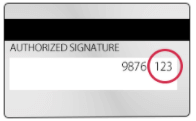
・コンビニ払い
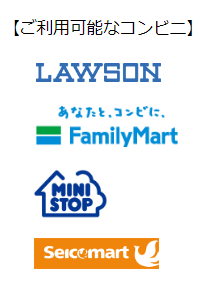
全国の
・ローソン
・ファミリマート
・ミニストップ
・セイコーマート
でお支払い可能です。
切子工房 箴光のSNS
フォローして最新情報をチェック!
インスタグラムがメインで、フォロワーもそこそこ多いです。

